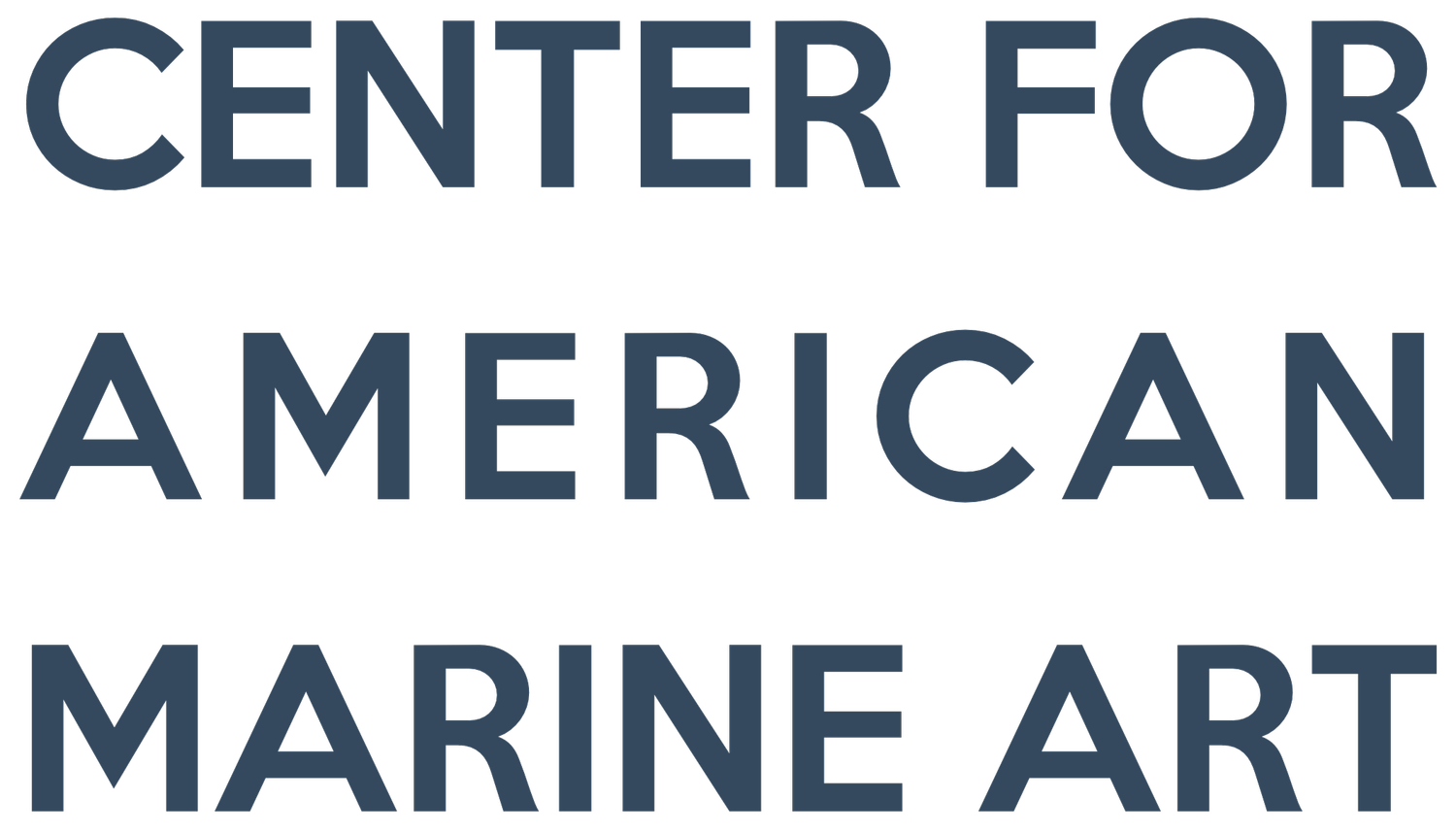
Imaging
The Center uses Photography and Photometric Stereography (PS) to properly image artworks according to best practices defined in the FADGI Technical Guidelines for Digitizing Cultural Heritage Materials. We also use near-infrared and blue-light 3D scanners to obtain metrological data. PS and Photogrammetric recording methods will be used for planar works, 3D objects and historic frames. No matter how technology evolves in the future, the original high resolution image data will remain with the registered work.
Donations will help us work with museums and private collectors to properly document their works. Most museums lack the staff, knowledge and budget to implement preservation standard imaging.
An expanding field in museum science, the high resolution 3D images also make it possible to perform what’s known as digital “restorations.” Digital restoration is a non-destructive process that applies traditional conservation and restoration methods to the digital images of damaged and discolored works. The physical restoration process is labor intensive and extremely costly. Works for which funding cannot be found for physical restoration can be restored digitally by students entering the restoration field, presenting works that would otherwise be unviewable to the public.

